
Welcome to this installment of SPW Classroom on Residential Energy Storage Systems.
More solar systems are coming paired with batteries, making energy storage systems increasingly popular for many homeowners across the country. Lithium-based batteries are the most popular technology in use today, but other innovative chemistries are entering the large-scale market.
Here you will find resources describing the various types of residential batteries and energy storage systems. These tutorials are all designed to give you a better understanding of this important component of solar and storage projects.
Editor in Chief, Solar Power World
Principles • Implementation • Basics
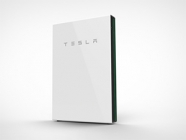
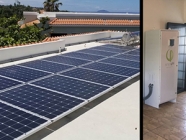
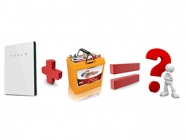

How to add storage to an existing solar array
Just how concerned should the solar industry be about battery fires?
Common battery types used in solar + storage
Can you mix lithium and lead-acid batteries on an energy storage project?
Incorporating energy storage into a solar array is not as easy as just picking a battery off the shelf. Certain chemistries work better in certain environments, and storage capabilities are influenced by the solar application.
Adding storage to an existing solar array is not always an easy, plug-and-play process. It could be if the solar array was installed storage-ready, it’s unlikely many legacy solar systems can easily adapt to battery connection.
There are pros and cons associated with the two main battery chemistries used in solar + storage projects. Lead-acid batteries have been around much longer and are more easily understood but have limits to their storage capacity.
Plane crashes rarely happen, but the fear of an accident is real for many people. Still, thousands of Americans fly every day.
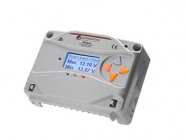
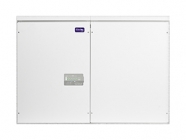

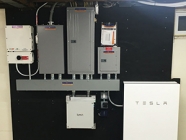
Smart circuits hold the key to true whole-home backup
How to select a solar charge controller
What regular maintenance is required of batteries used in solar systems?
The importance of recycling batteries on solar projects
In its basic forms, solar PV is a very straightforward proposition. Hook a solar panel up to a DC load and it will run until the sun goes down.
Just as different types of solar panels change how the overall solar system performs and is maintained, the many types of battery chemistries influence the performance and upkeep required of a solar-plus-storage system.
The explosive growth of solar over the last decade has led to uncomfortable realities that will affect the industry for decades to come — what will we do with systems once they reach the end of their lifespans?
With the advancements of the Internet of Things and whole-home automation, it is surprising that easy management of energy storage systems isn’t included in the equation. When a homeowner hooks up a battery, typically only a few circuits are rewired for energy backup.
